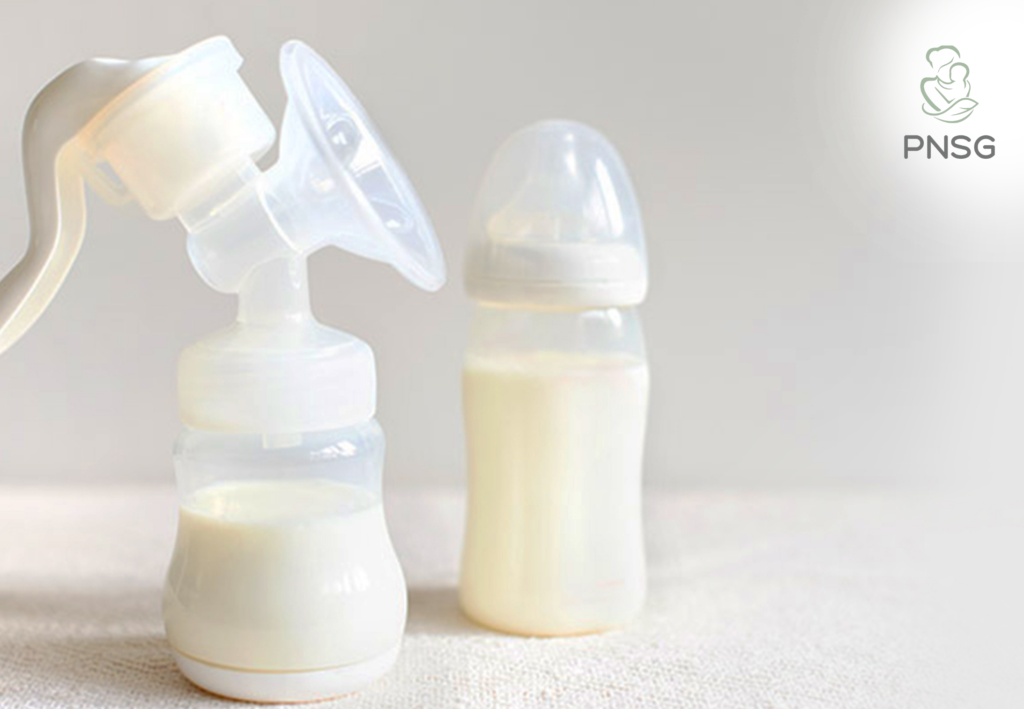7 Gambas Crescent, #09-09, Ark@Gambas, Singapore 757087 ♦ Reservation : +65 6417 9690
Signs Your Baby Is Not Getting Enough Milk & What You Can Do

Breastfeeding could be said to be the first step into motherhood. For some, it is a smooth process. For others, it takes a little more effort. From a mother starting her breastfeeding journey to the baby learning to latch on, everything needs getting used to. Ideally, mommy is able to produce adequate breast milk and the baby is able to latch on without a hitch. However, sometimes problems can present themselves in the most unexpected way.
Reasons for poor milk supply
Although, in time, a mother’s body would typically adjust the production of milk according to the baby’s needs, it is still possible for the supply to be insufficient. It is a common worry among mothers when they first start nursing. Milk supply could be naturally low, high, or even non-existent. This could stem from many factors, medical conditions, non-medical conditions, or maybe even a combination of both.
i. Insufficient Glandular Tissue
There are cases where a woman’s breasts do not develop properly and lack glandular tissue to a certain extent. This could mean a lower than the average number of milk ducts, leading to low milk production. However, breastfeeding may stimulate the growth of those ducts and also during each pregnancy. So, it could be an easier journey from the second child onwards.
ii. Polycystic Ovary Syndrome (PCOS)
Widely underdiagnosed, PCOS refers to a condition where a woman’s hormones are out of balance. She may have irregular periods, difficulty getting pregnant due to low ovulation, higher male hormones, and having numerous small cysts in the ovaries. Studies have shown women with this condition to have a reduced breastfeeding rate in the early postpartum period.
iii. Stress/Depression
Stress, physical or mental, can have a negative impact and a direct relation with lactation. A study mentions that less oxytocin is released when a mother is stressed and it could prevent the full emptying of the breast during each feed. While there is a complex relationship between stress and depression, having either or both may affect a mother’s view of breastfeeding and how she goes about it.
iv. Low Breastfeeding Frequency
The more one breastfeeds, the more milk is produced. When a baby latches on and sucks on the nipple, the breast is stimulated and signaled to churn out more milk to meet the demand. So, if you do not do it enough, your body is told to only produce that particular amount and your baby will not be full.
Is your baby getting enough milk?

How can you tell if your baby is getting enough milk? After all, you can’t see your body producing the milk and it is difficult to dictate if it is indeed short in supply or not. The best way would be to pay attention to your baby. Among signs to look out for are:-
- Baby constantly appears sleepy or lethargic. This is due to low energy from the lack of feeding. A baby should appear alert when they are awake and nursing.
- Baby is not gaining much weight. A newborn losing some weight right after birth is nothing out of the ordinary. But if you are nursing and they are not gaining the weight back or if the weight gain is slow, they might not be getting enough breastmilk or feeding time.
- Baby has difficulty suckling. Some babies need extra help latching on to the nipple. But once they know how to do it, it is a breeze and they would be able to suck properly. However, there is a condition that some babies have which can interfere with breastfeeding; tongue-tie or ankyloglossia. This is when a baby’s tongue movement is restricted due to the tissue that connects the tongue to the bottom of the mouth being too short, thick, or tight. Turning to your doctor would be the best course of action.
- Baby is not expelling enough waste. How often a baby poos or pees is a good indicator of whether or not your baby is sufficiently fed. Three to four times a day is typical.
- Baby has dark coloured urine. A healthy baby’s urine should be pale yellow in colour. If it is darker, say reddish-brown, it could be a sign of dehydration which could be caused by the inadequate milk supply.
What to do and how to increase the supply of breastmilk?
If your baby exhibits those signs, then it is highly probable that your milk supply does not meet your baby’s needs. So, what can you do about it? Here are some ways for you to consider.
i. Get a mommy massage
A postpartum massage is a therapeutic experience which includes breast massage that can help with lactation as it relaxes the muscles, reduces stress hormones, improves blood circulation, and reduces swelling. The massage could clear blocked milk ducts and increase milk supply.
ii. Increase breastfeeding or milk expressing frequency
This might help if you are not doing it often or if your baby is drinking formula milk as well. As breast milk supply works on a supply-and-demand basis, the less your baby nurses, the less milk your body will produce. Upping the frequency of breastfeeding and using your breast pump could get the production going more actively.
iii. See a lactation specialist
If you have difficulty in producing a high enough supply even after trying all means, then perhaps it is time to see a professional. They will be able to assess your situation and observe how you breastfeed in order to understand your situation and give the appropriate advice.
You’d be surprised to know how postpartum care Singapore services like a mommy massage, can not only help with lactation, but also improve sleep which is absolutely vital for recovery and reducing stress. In fact, it would actually be even better if you didn’t wait till after childbirth and instead get a massage for pregnancy woman before you give birth. The earlier you look after your body, the better the recovery and the more benefits you get in the long run, indirectly benefiting your little one too.









